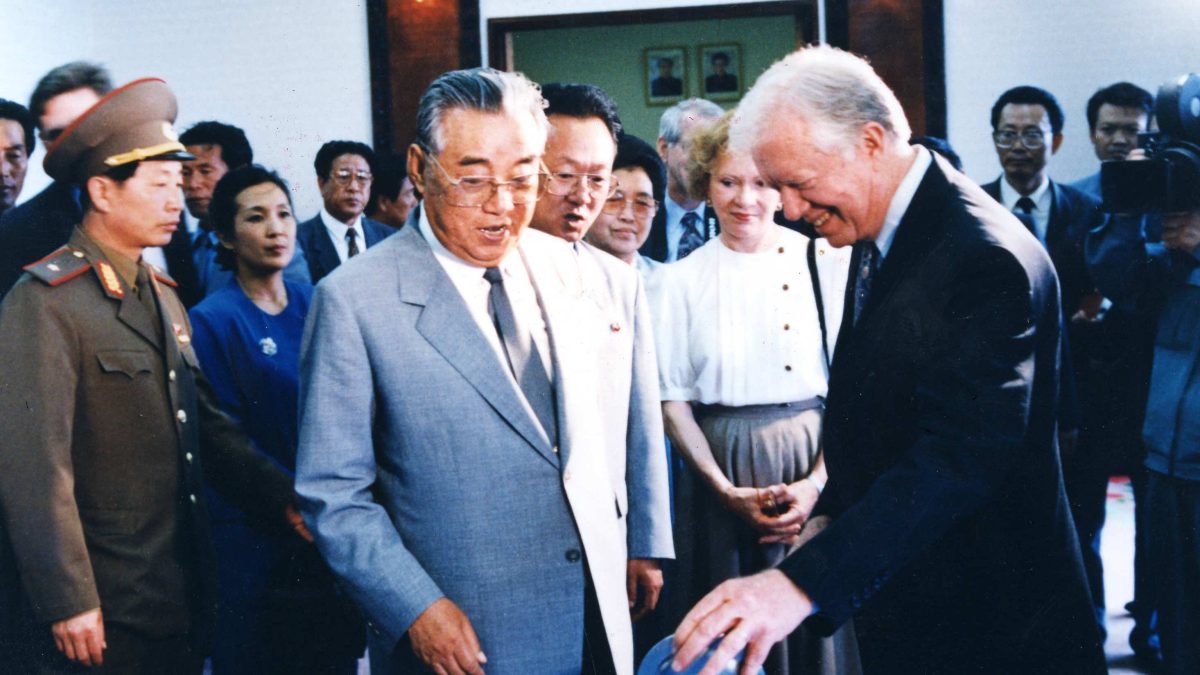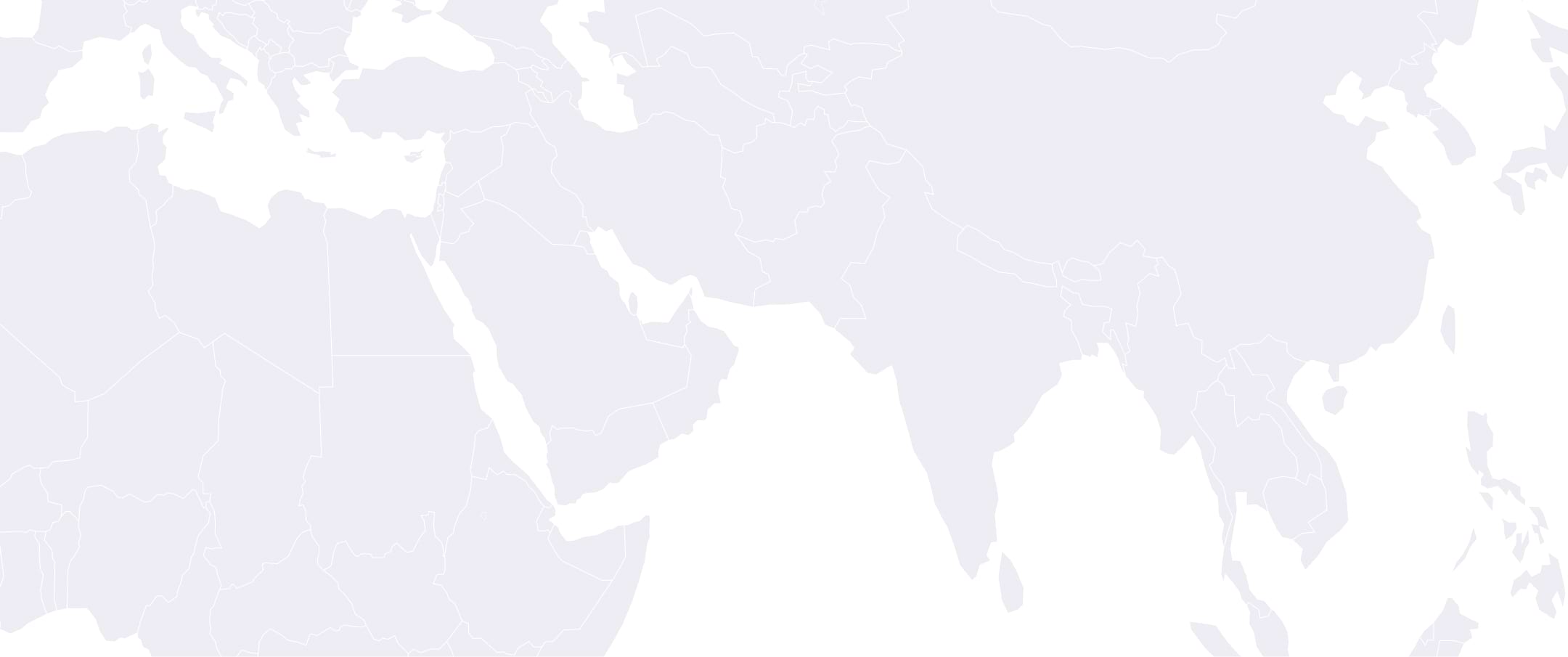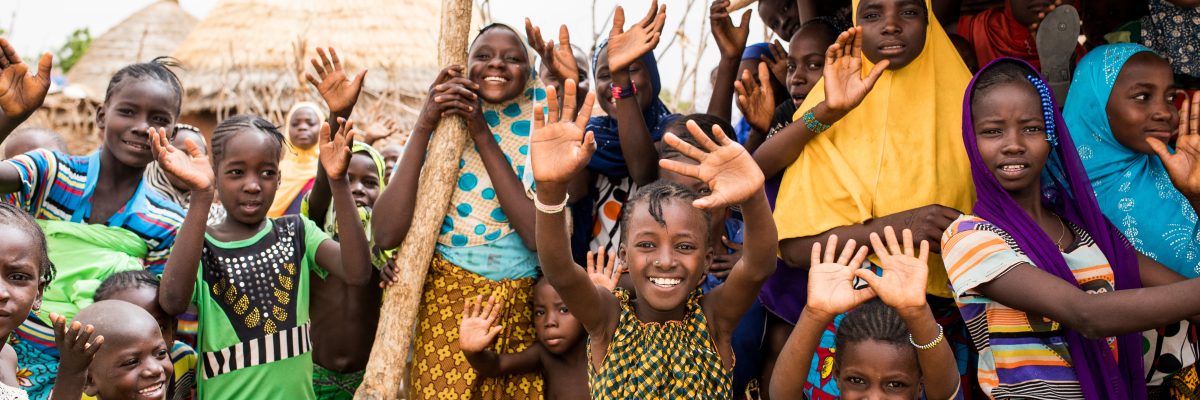North Korea

In 1994, former U.S. President Jimmy Carter negotiated terms for the first dialogue in 40 years between the United States and North Korea. Since then, The Carter Center has been involved in two other peacemaking efforts on the Korean peninsula, as well as a joint international food production program.
Impact
- Release of an American teacher who had been imprisoned in North Korea for seven months was negotiated by President Carter during a private humanitarian mission in 1999
- Oversaw the planting of 1,000 metric tons of potato seed, with an additional 100,000 metric tons of commodities contributed by the U.S. government to reach people most in need
Jimmy Carter: What I’ve Learned from North Korea’s Leaders
Statement from Former U.S. President Jimmy Carter on Current U.S.-North Korea Relations
Jimmy Carter: Cuba, North Korea, and Getting Sanctions Right

Related Content
Global Impact Starts with You
Your support sustains the Carter Center's mission of waging peace, fighting disease, and building hope around the world.
